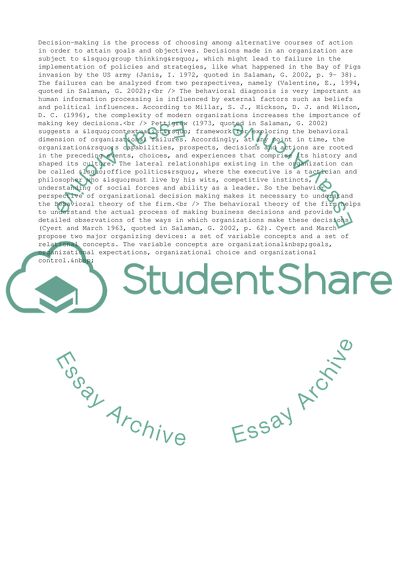Cite this document
(The Ideal Decision-Making Process Is Unrealistic Coursework - 2, n.d.)
The Ideal Decision-Making Process Is Unrealistic Coursework - 2. Retrieved from https://studentshare.org/management/1718400-b300-tma01
The Ideal Decision-Making Process Is Unrealistic Coursework - 2. Retrieved from https://studentshare.org/management/1718400-b300-tma01
(The Ideal Decision-Making Process Is Unrealistic Coursework - 2)
The Ideal Decision-Making Process Is Unrealistic Coursework - 2. https://studentshare.org/management/1718400-b300-tma01.
The Ideal Decision-Making Process Is Unrealistic Coursework - 2. https://studentshare.org/management/1718400-b300-tma01.
“The Ideal Decision-Making Process Is Unrealistic Coursework - 2”. https://studentshare.org/management/1718400-b300-tma01.


